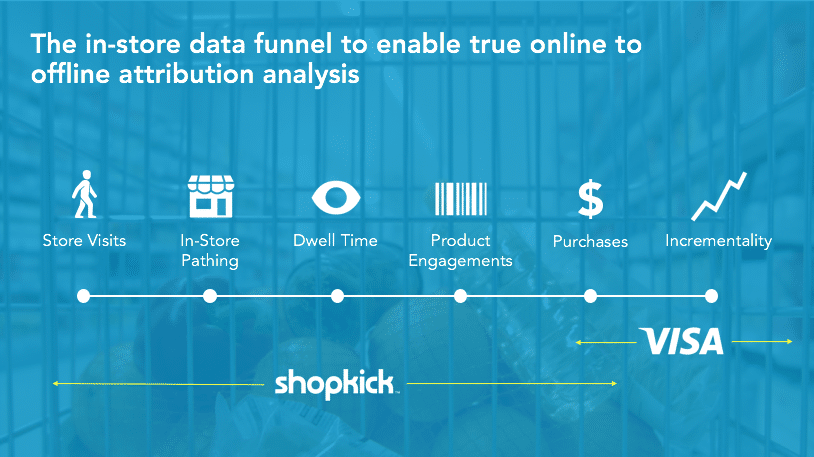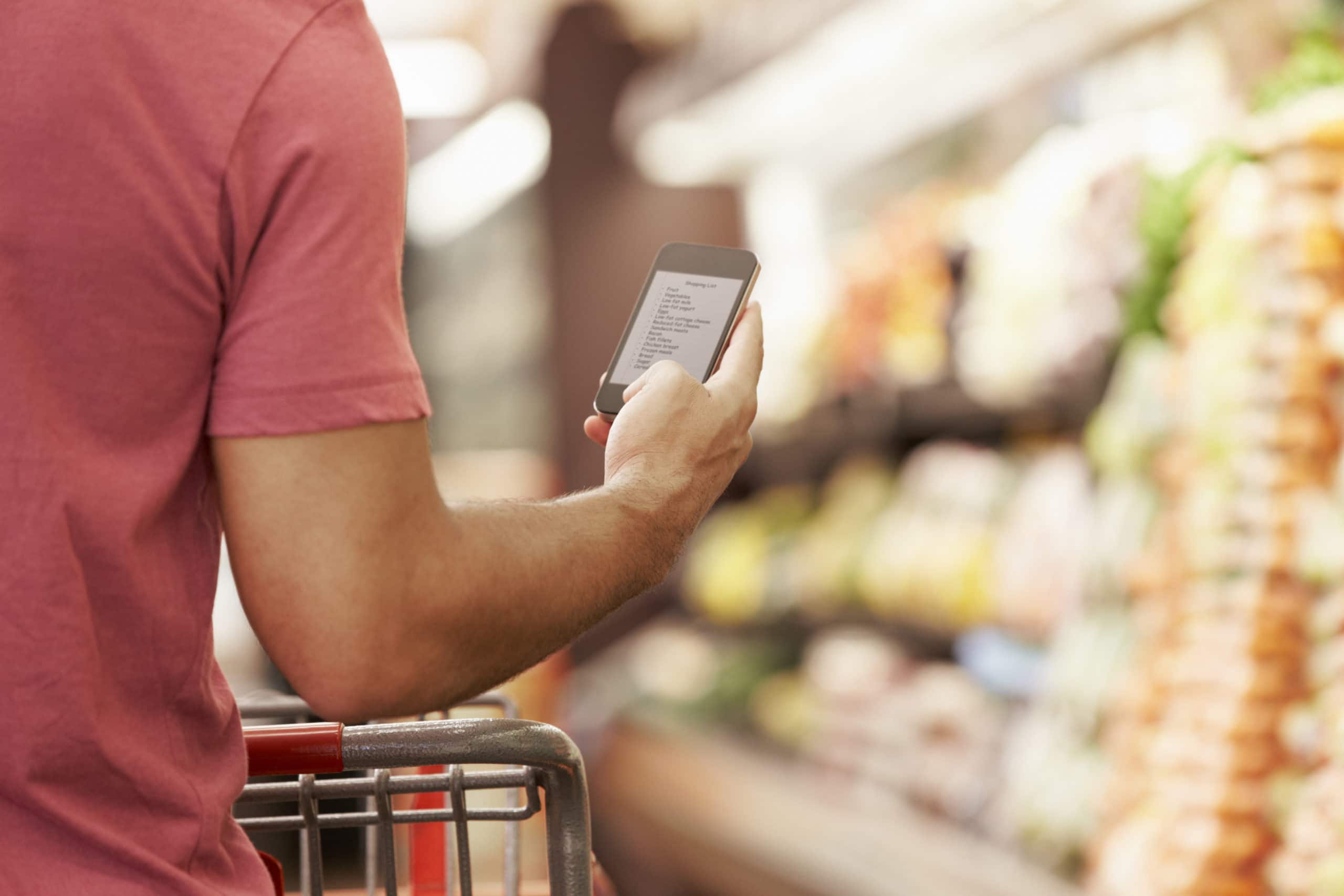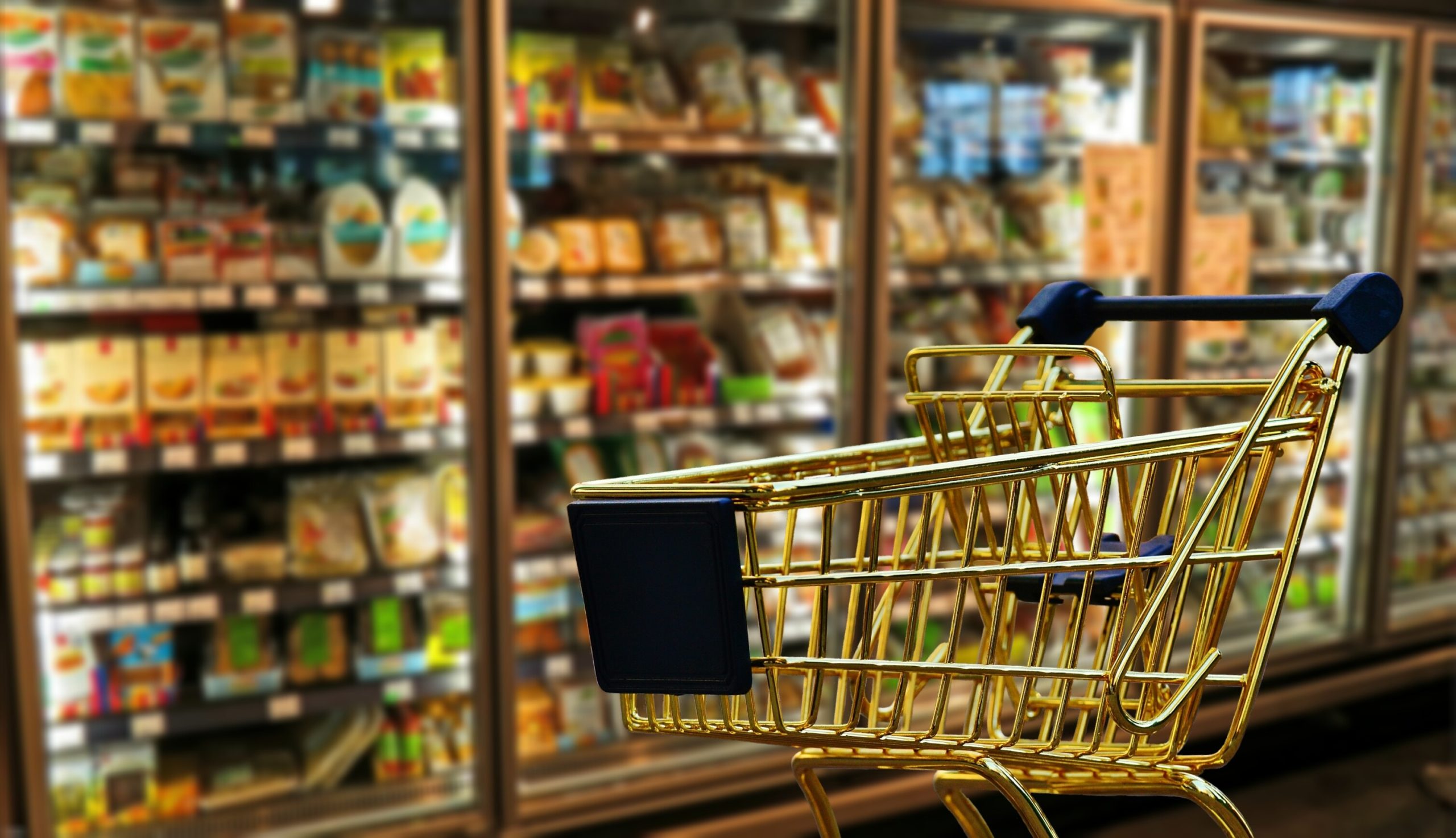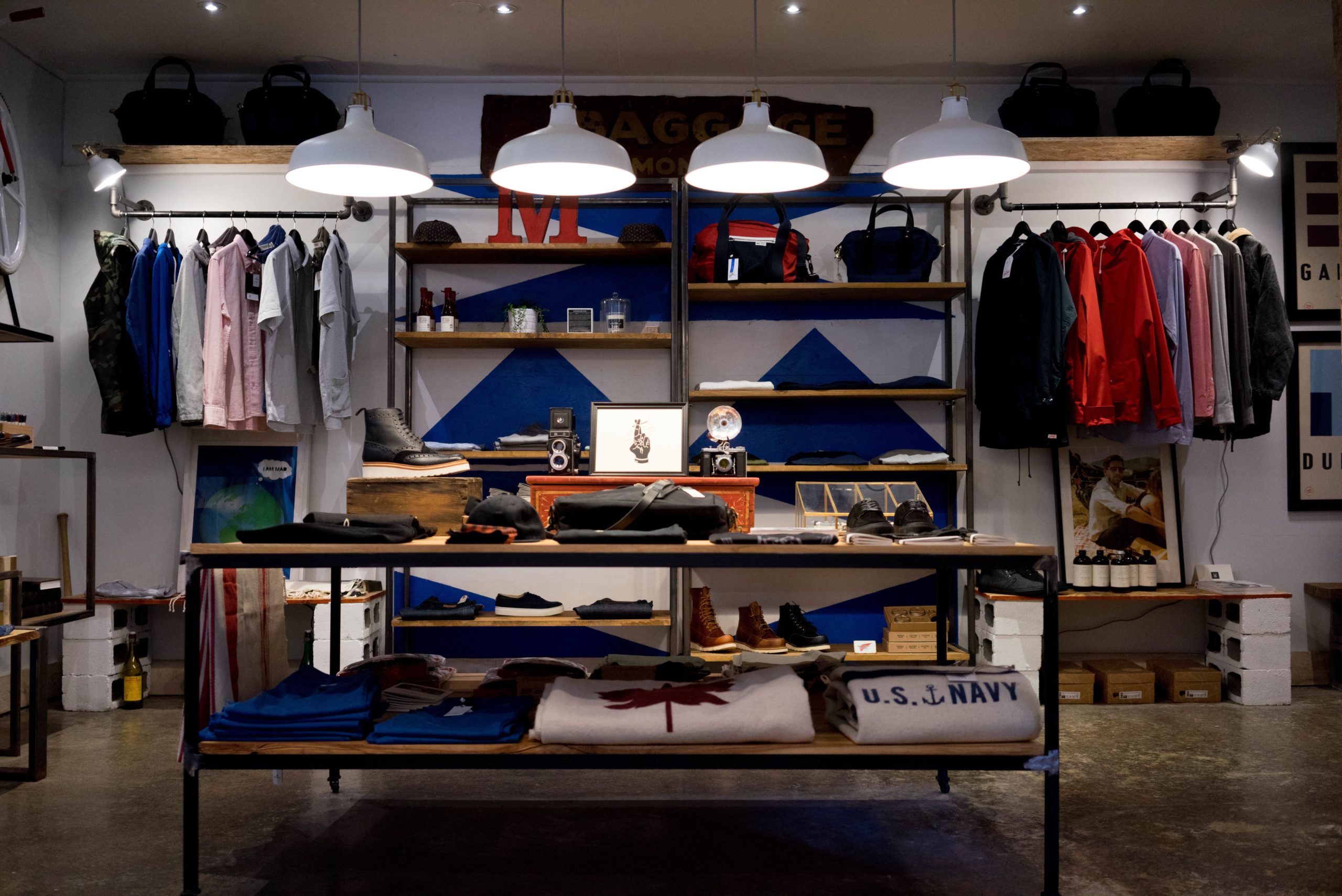Consumers seamlessly traverse channels throughout the shopping journey, demanding highly personalized, mobile-enabled, and frictionless shopping experiences. In delivering these omnichannel experiences, retailers can struggle to attribute the impact of digital marketing on physical shopping experiences.
In 2016, Deloitte reported that digital’s influence on in-store sales surpassed 50%, influencing 56% of all in-store retail sales. Yet understanding this influence on a shopper-level is still a challenge for most retailers. In fact, 67% of retail executives said their greatest obstacle in offering an omnichannel experience is tracking customer analytics across channels.
Despite roughly 90% of retail transactions still happening in stores, stores lack the real-time data and attribution that retailers are accustomed to online. Beyond just verifying store visits, retailers want to know what customers did inside their stores. Key metrics include product engagement, dwell time in-store, purchase conversion, and whether or not the sale was incremental.
Shopkick’s partnership with Visa Decision Sciences connects the dots across the entire in-store data funnel to enable true online to offline attribution analysis. Visa measures incremental sales impact through a “twinning” methodology whereby a control group of unenrolled accounts is created from the Visa cardholder base to match spend behavior of the enrolled Shopkick population.

Analysis from January 2017 shows significant and sustained incremental sales across Shopkick’s merchant partners — sales that would not have happened without Shopkick. On average, 57% of overall sales driven by Shopkick were incremental. Of that 57%, 73% of incremental sales was driven by new customer acquisition, and 23% was driven by increased spend of existing customers.
This ability to measure not just store visits, but also sales and incrementality will unlock the potential of omnichannel marketing, and drive growth for brick & mortar retail.




